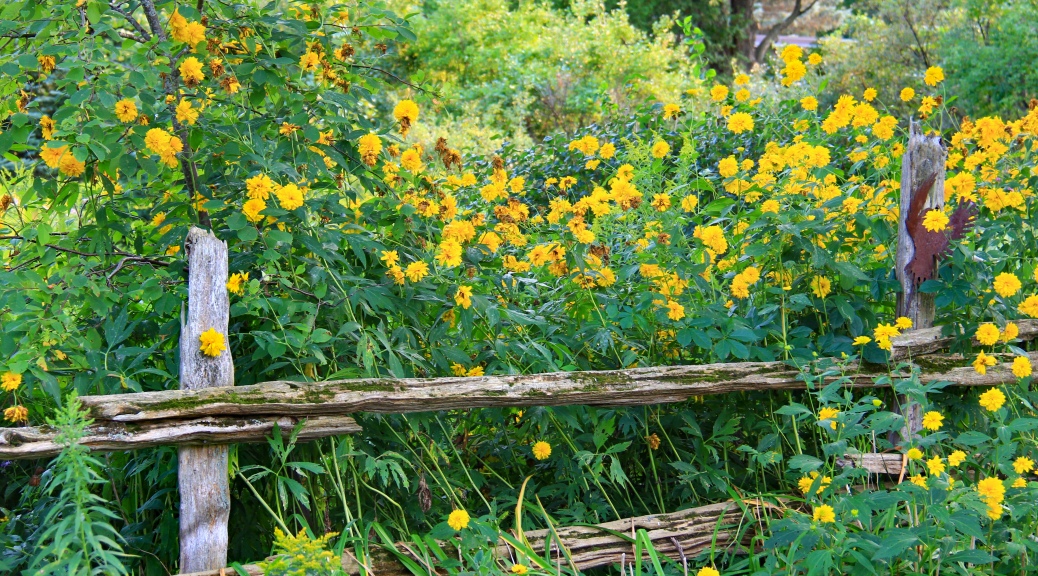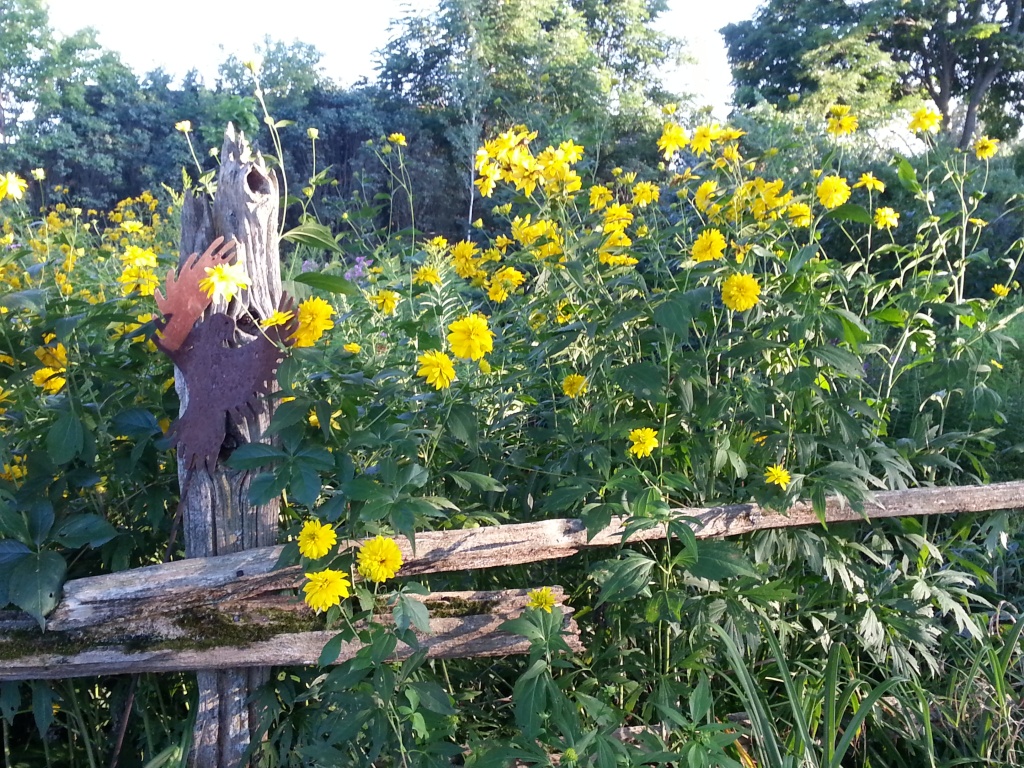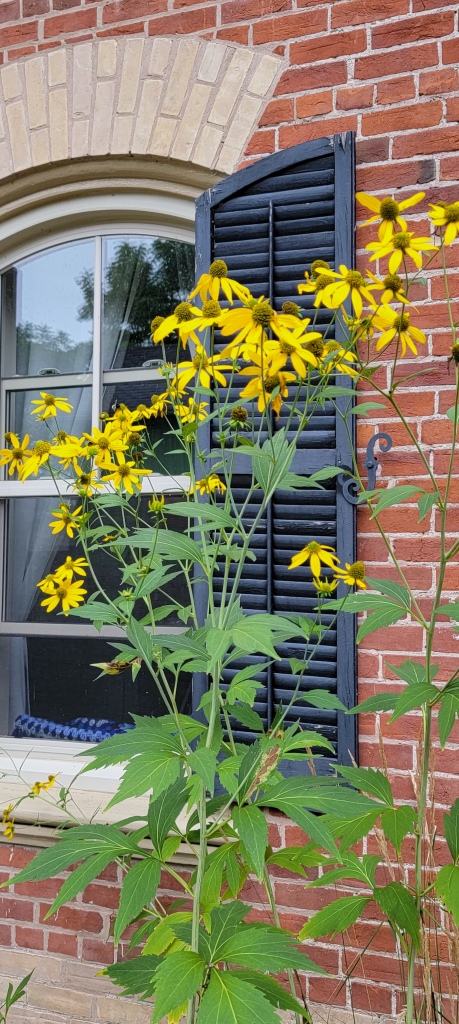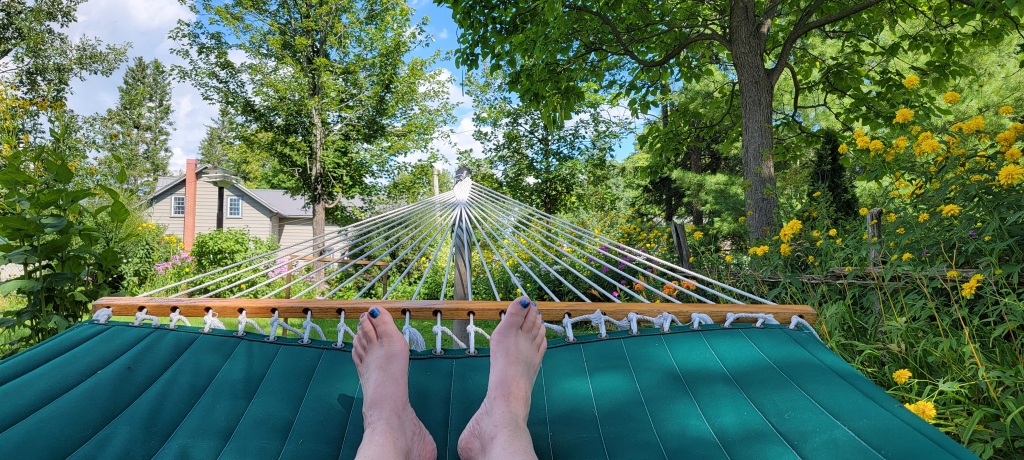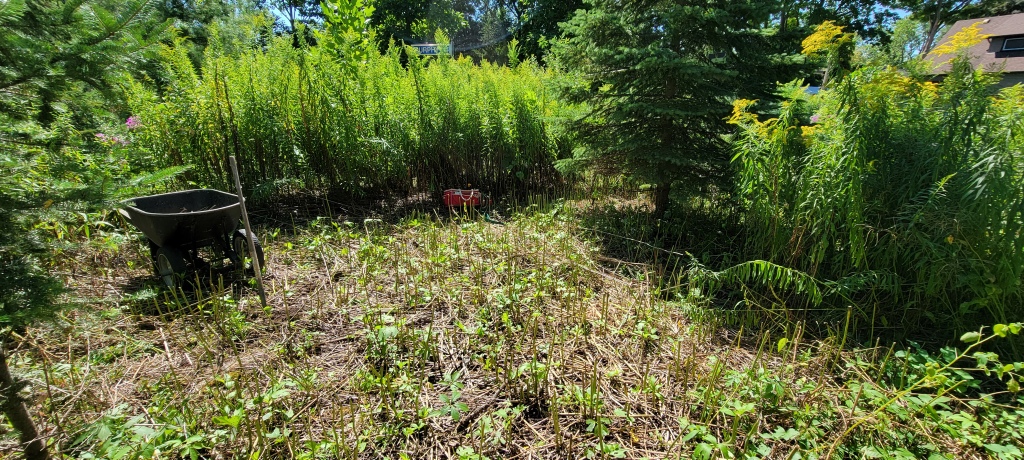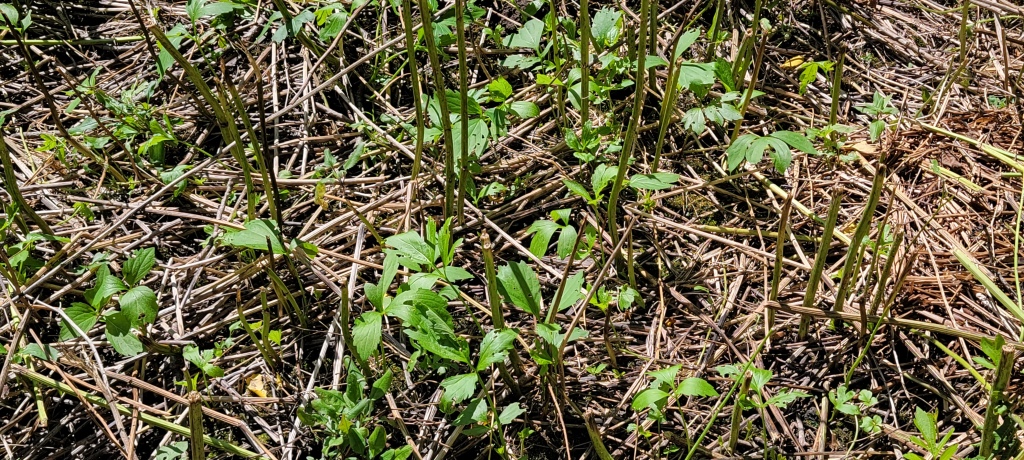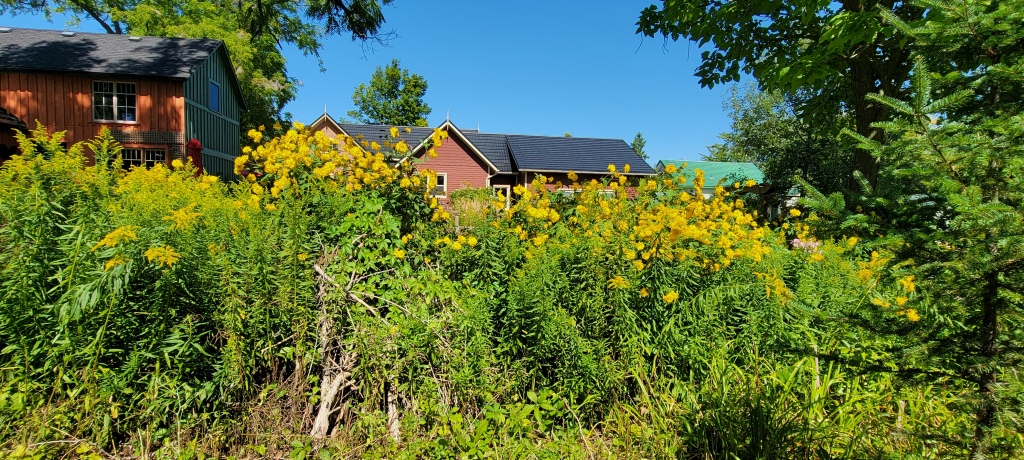By Marilyn Homewood, Master Gardener
Each year, I marvel when the colour returns to the garden in the form of spring bulbs and each year I make a plan to add more! The beds are full of narcissus so much so that I have started planting in spots in my front fields. However, this fall I am aiming to do a Stinzenplanten (a Dutch term also known as a stinze lawn or stinze). A stinzenplanten is a naturalized and wild bulb garden that lives underground and emerges in the earliest spring. Why am I writing about a fall project now?? Some of the best fall bulb prices by retailers such as Veseys and Brecks take place in May when everyone is busy planting their summer gardens.

Because stinzes are planted using many of the “minor” bulbs, they begin to bloom very early thereby extending your season. Generally, they (and their foliage) are gone by the time you need to mow the lawn. (This is important since bulbs recharge for the following year by absorbing sunrays through their green foliage. Once the foliage has yellowed it is safe to mow). This does of course depend on the bulbs you choose to use. In my own experience daffodils do not make great candidates for this type of endeavour. Their long, heavy foliage does not yellow until mid June. That is a long time to go without mowing!!
In our zone by picking bulbs from the very early spring, early spring and midspring groups you should have 6 plus weeks of solid bloom.
Very Early Spring Bulbs include Snowdrops (Galanthus woronowwii) the first to appear, often from under the snow; Winter aconite (Eranthis cilicica) a sunny yellow hardy bulb.
Early Spring varieties include Snow glories (Chiondoxa forbesii) whose star shape flowers comes in a variety of blue colours, Crocus (Crocus vernus and species crocus) is a striking bloom that is available in many different colours.
Early to Mid Spring bulbs to consider are Blue Shades Anemone (Anenome blanda) with its daisy like appearance which look a little less formal than the other bulbs; Snakes Head Fritillary (Fritillaria meleagris) is an unusual bloom with its checkerboard appearance; Grape Hyacinth (Muscari) known for its unique, grape like clusters of flowers in a variety of colours.
Selecting the best spot for your display
For most of us, underplanting the entire lawn would not be feasible so why not choose a spot that will give the best show for your viewing pleasure. Remembering that the stinze will start in winter when we are still very housebound. Pick a well-drained area as you would for any bulb. Not only do you avoid the bulbs rotting but this will encourage spread and naturalization of your planting. Some folks choose areas under and around deciduous trees.
For me, I am going to borrow an idea from @mettebfauerskov and lay my stinze out following a random pattern of the garden hose on a section of lawn that is between the laneway and an island bed. It will be easily seen from the house and driving in and out.


Bulbs should be planted about 3 inches deep and can be planted as close as 3 inches. Many people use their bulb agars to drill the holes and then throw 2 or 3 bulbs into each hole and cover with dirt. I will probably just use my hori hori knife to dig. Most of these bulbs are not bothered by wildlife. Crocus is the exception but, in my experience, when you are planting large numbers, the squirrels never get them all (I overplant this bulb to account for some loss). As well, if you put your planting off until the end of October the feeding frenzy has begun to subside and there is less pressure on your bulbs.
Resources
https://fedcoseeds.com/bulbs/naturalizing-with-bulbs.html




















































